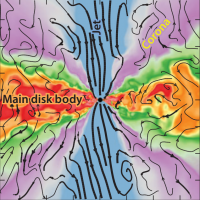Outflow from Hot Accretion Flows
2012
期刊
Proceedings of the International Astronomical Union
下载全文
- 卷 8
- 期 S290
- 页码 86-89
- Cambridge University Press (CUP)
- ISSN: 1743-9213
- DOI: 10.1017/s1743921312019278
